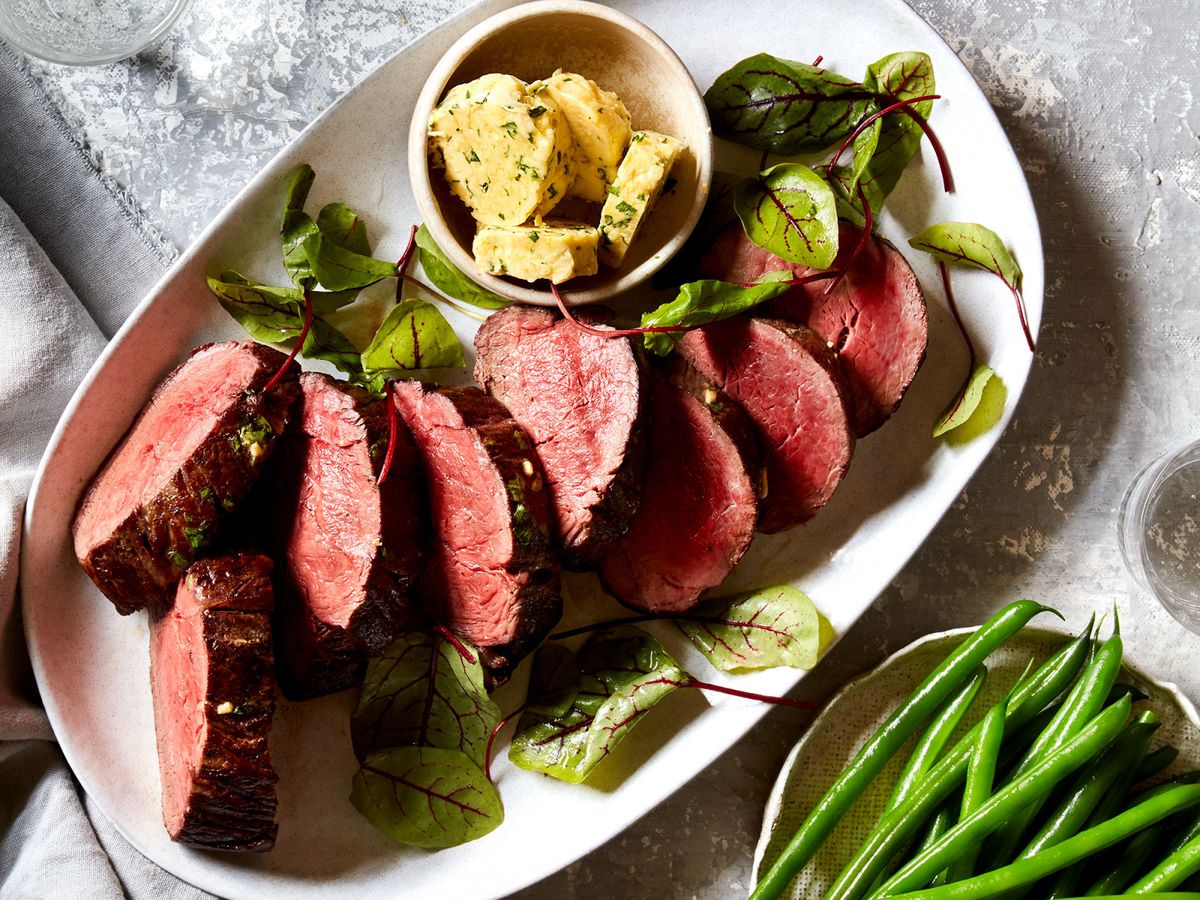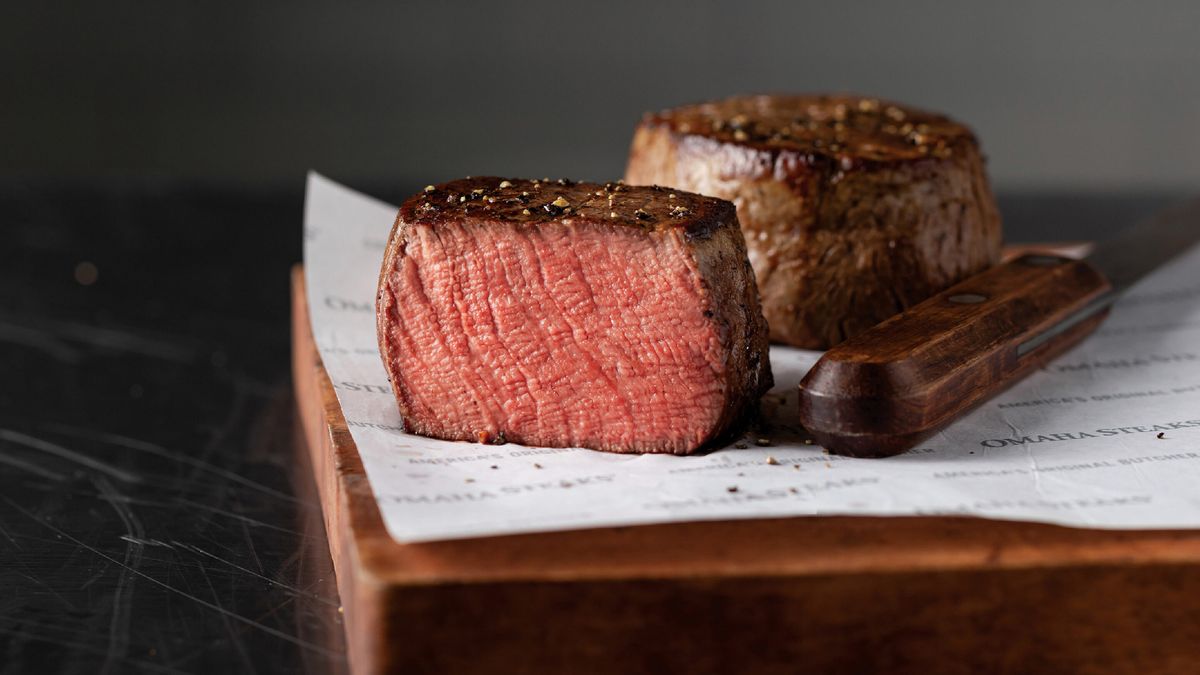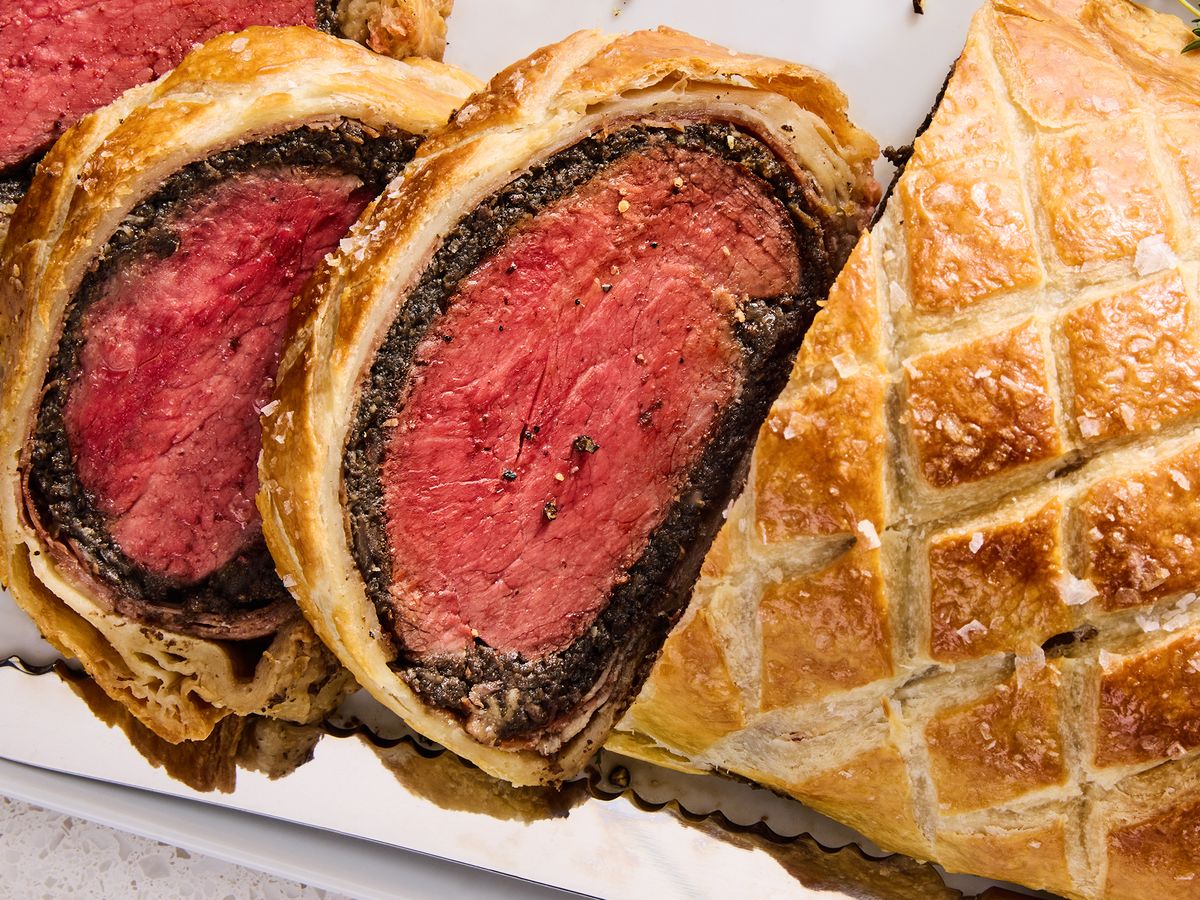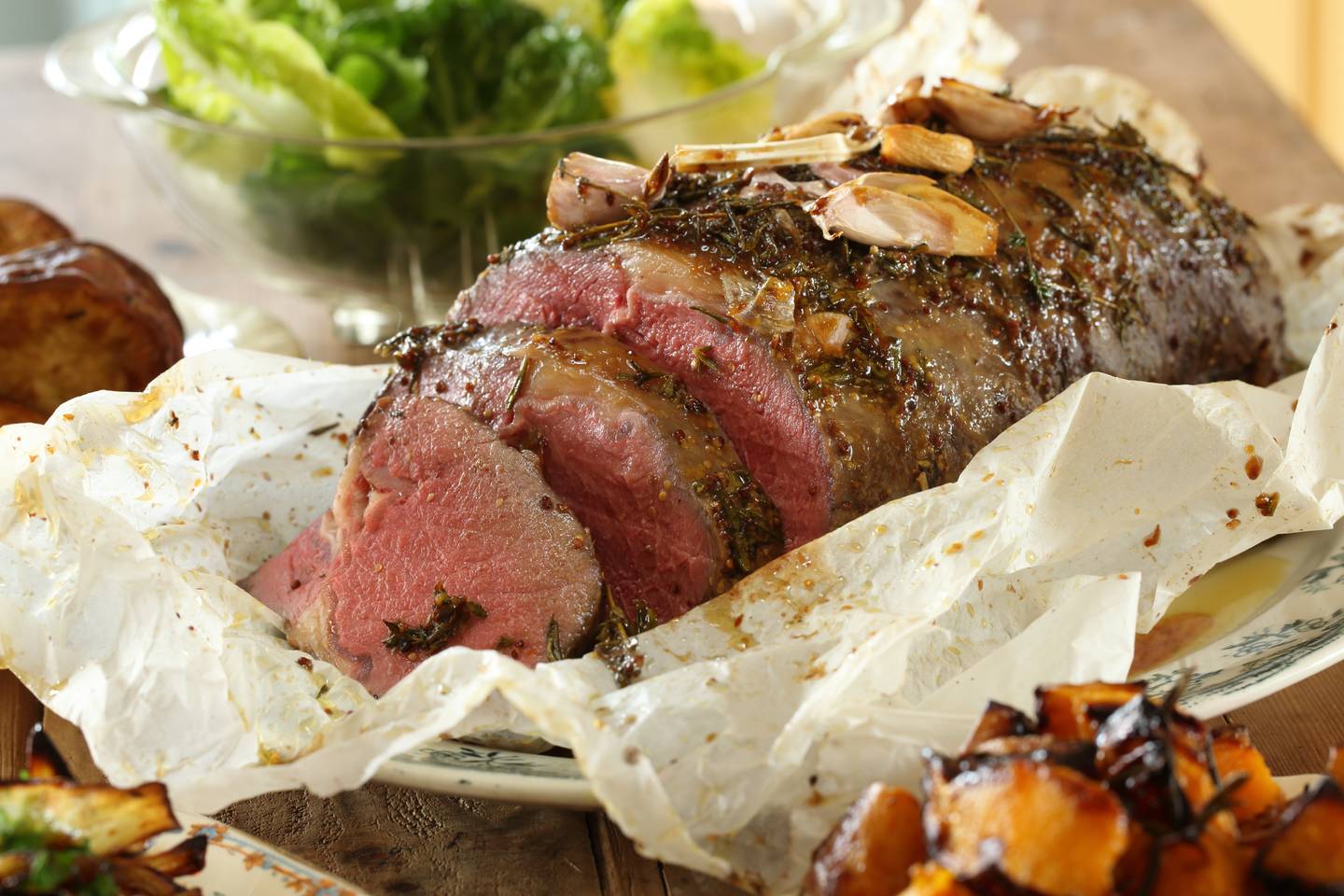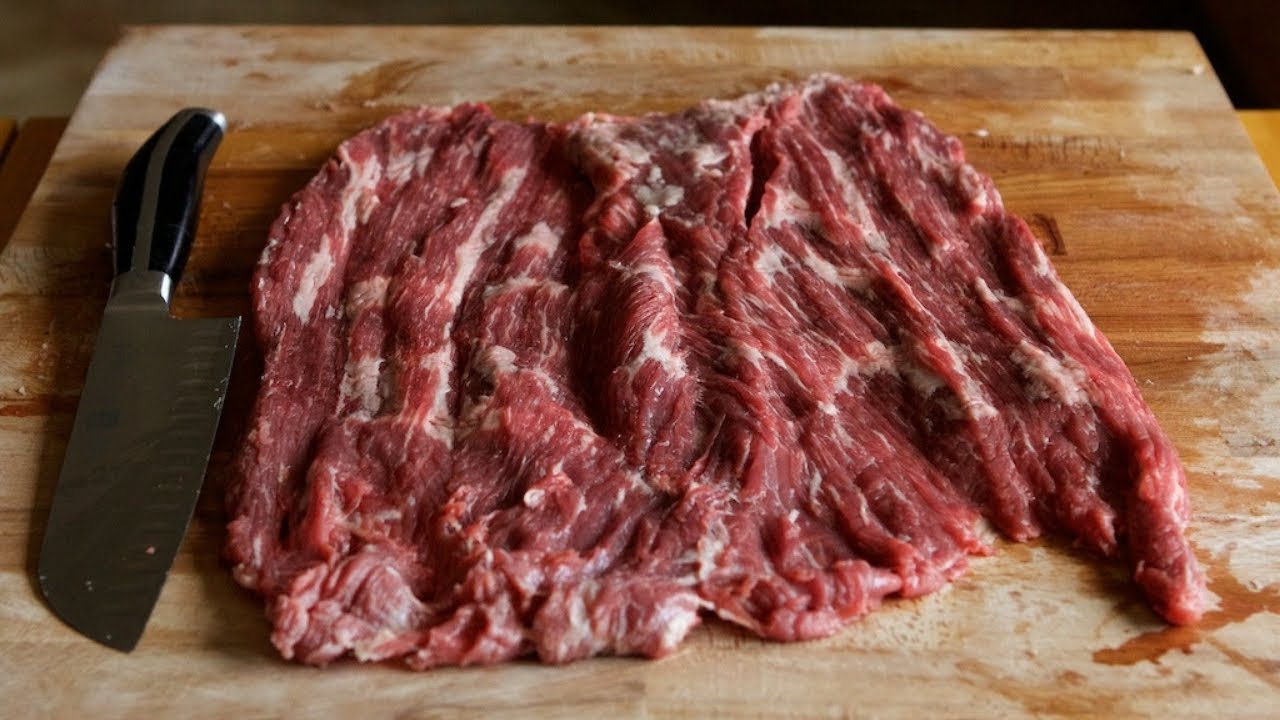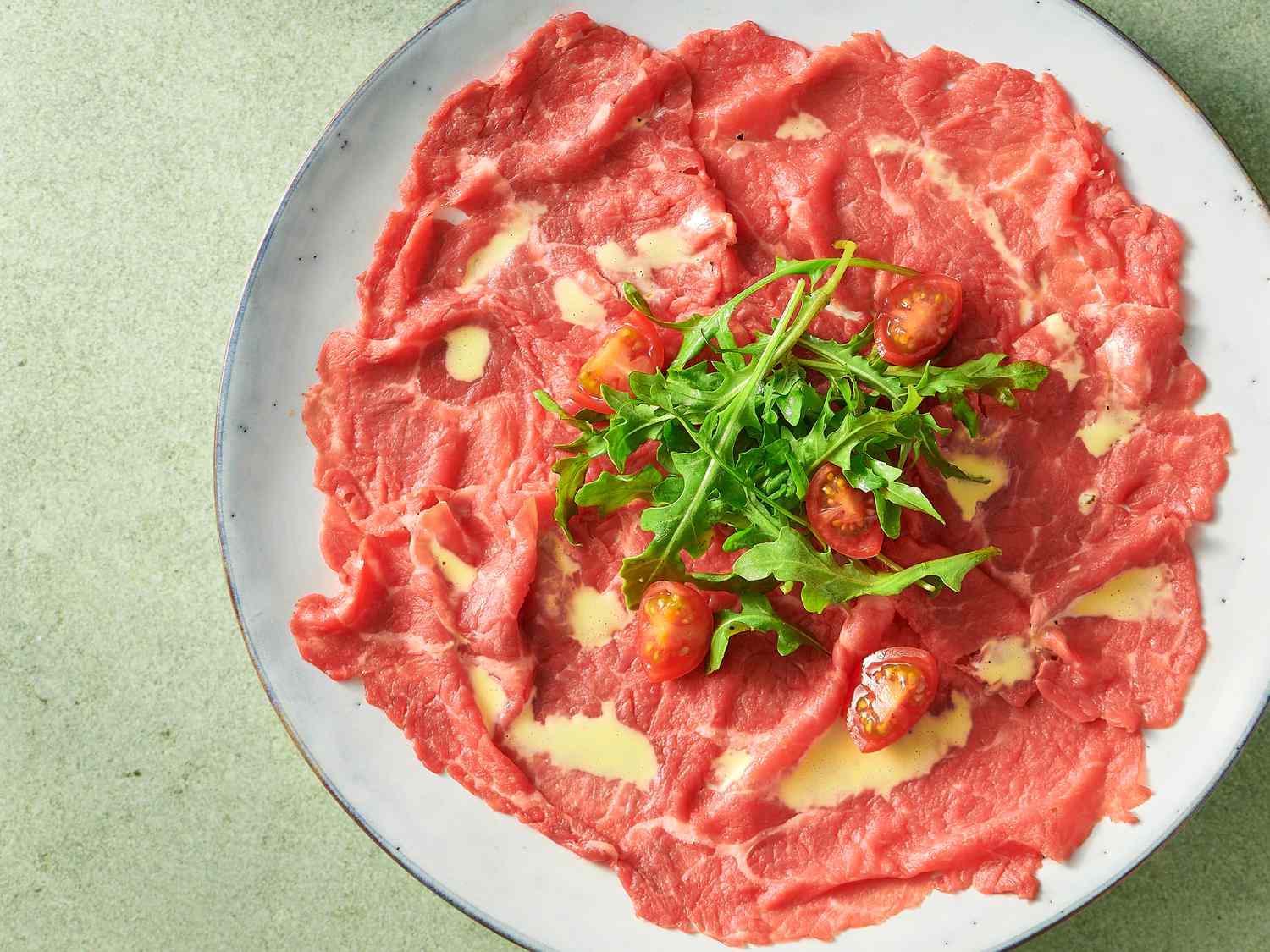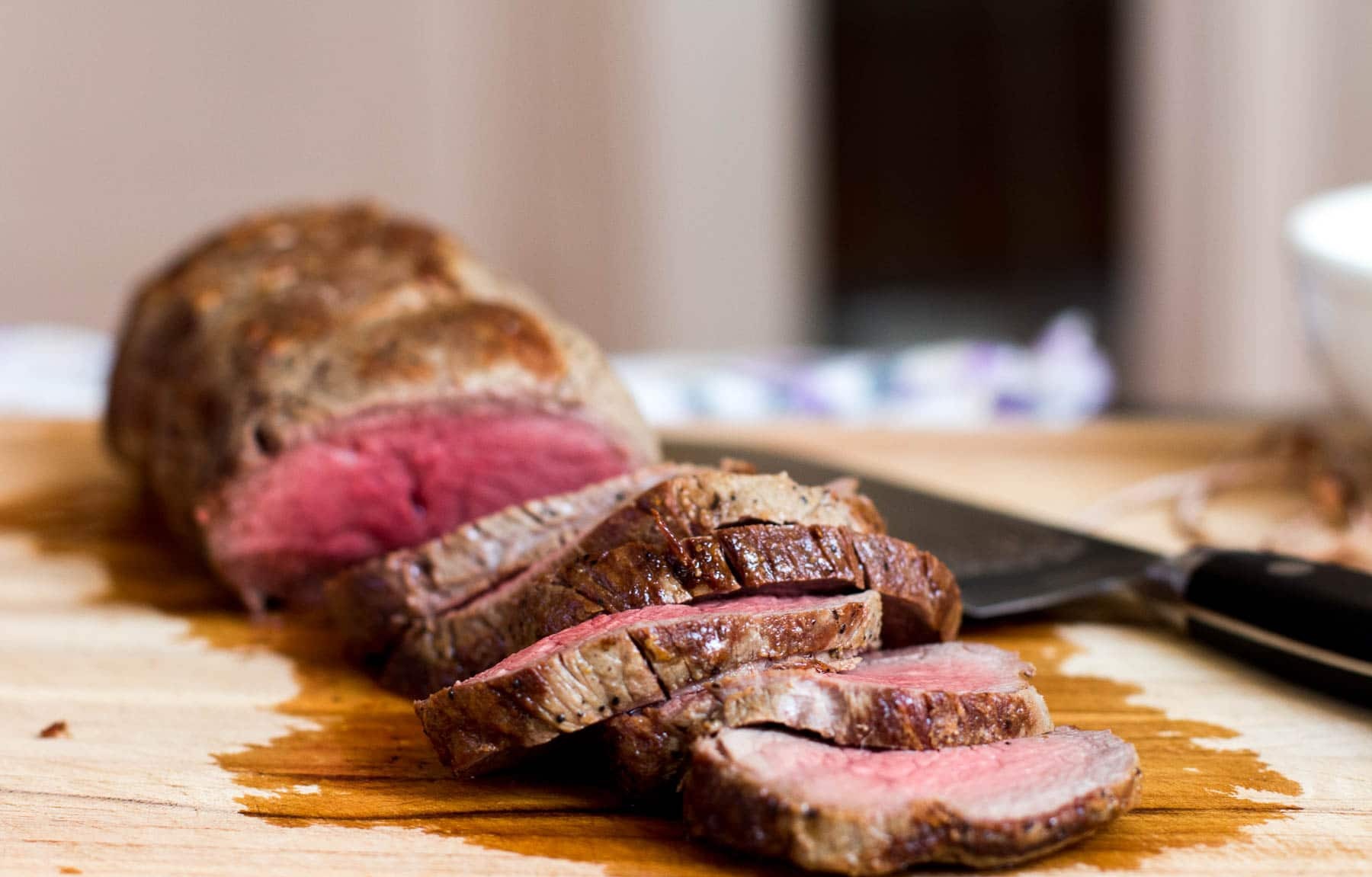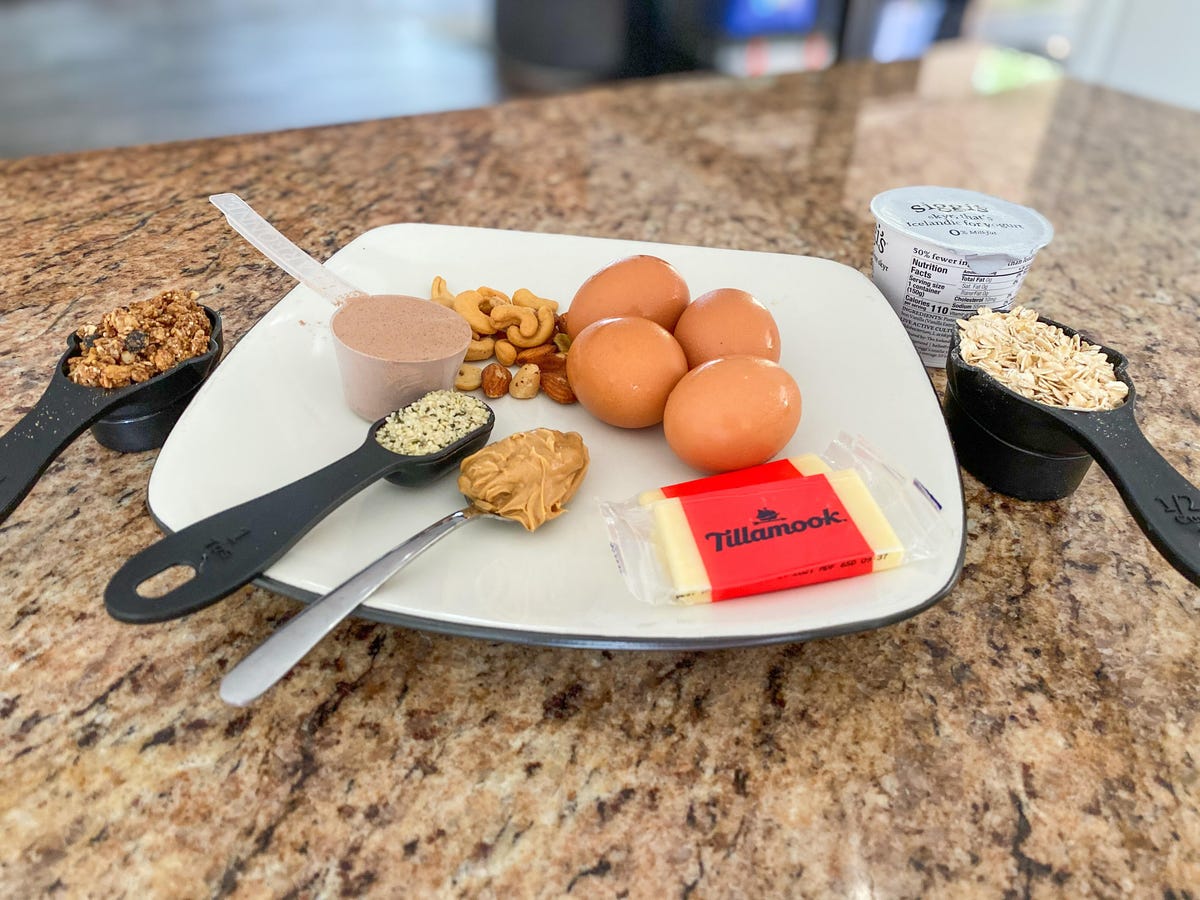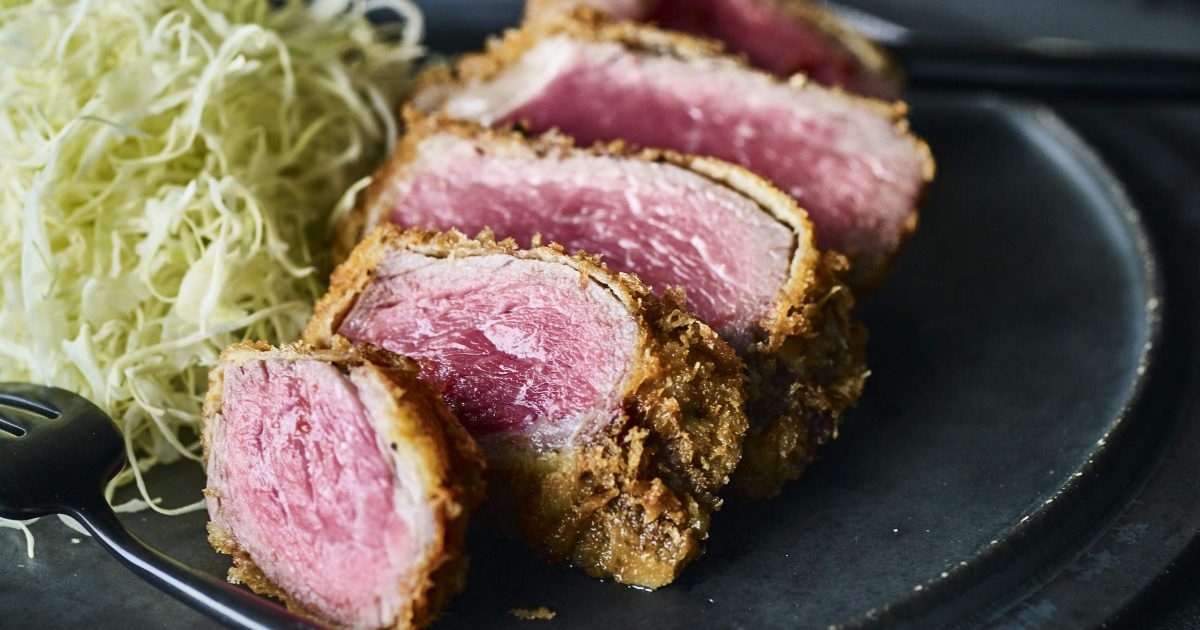Mastering the Art of Beef Filleting
Welcome to the world of beef filleting, where precision and technique are key to achieving perfect cuts of meat. Whether you’re a seasoned chef or an enthusiastic home cook, learning how to fillet beef can elevate your culinary skills to new heights. In this guide, we’ll explore the step-by-step process of filleting beef, from selecting the right cut to mastering the art of slicing.
Choosing the Right Cut
Before you embark on your beef filleting journey, it’s essential to start with the right cut of meat. Here are a few popular cuts that are ideal for filleting:
- Tenderloin: Known for its tenderness, the tenderloin is a prized cut that yields delectable fillets.
- Ribeye: This well-marbled cut is perfect for those seeking rich, flavorful fillets.
- Striploin: Also referred to as New York strip, this cut offers a balance of tenderness and robust beefy flavor.
Preparation and Tools
Once you’ve selected your preferred cut of beef, it’s time to gather the necessary tools for filleting. Here’s what you’ll need:
- Sharp knife: A high-quality, sharp knife is essential for achieving clean and precise cuts.
- Cutting board: Opt for a sturdy cutting board that provides stability and ample space for maneuvering the meat.
- Trimming knife: This specialized knife comes in handy for removing excess fat and silver skin from the beef.
The Filleting Process
Now that you’re equipped with the right cut of beef and the essential tools, it’s time to dive into the filleting process. Follow these steps for a successful beef filleting experience:
- Trimming: Begin by trimming any excess fat or silver skin from the surface of the beef. This step helps ensure that your fillets will have a clean and uniform appearance.
- Slicing: Using a smooth, steady motion, carefully slice the beef against the grain to achieve the desired thickness for your fillets. Pay close attention to the angle and pressure applied to create even slices.
- Portioning: If you’re preparing individual portions, consider portioning the fillets according to your desired serving sizes. This step adds a professional touch to your presentation.
Mastering the Art
Mastering the art of beef filleting takes practice and patience. As you hone your skills, pay attention to the following tips for achieving exceptional results:
- Consistent pressure: Maintain a consistent level of pressure while slicing to ensure uniformity in your fillets.
- Knife maintenance: Keep your knife sharp and well-maintained to facilitate smooth and precise cuts.
- Temperature control: For optimal results, consider the temperature of the beef and the surrounding environment to prevent the meat from becoming too soft or too firm during filleting.
With dedication and practice, you’ll soon become adept at filleting beef with confidence and precision. Whether you’re preparing a gourmet steak dinner or crafting a delectable beef stir-fry, the skills you’ve acquired will undoubtedly elevate your culinary creations.
So, there you have it – a comprehensive guide to mastering the art of beef filleting. Armed with the right knowledge and techniques, you’re well on your way to becoming a beef filleting aficionado. Embrace the process, enjoy the journey, and savor the delicious results of your newfound expertise!
